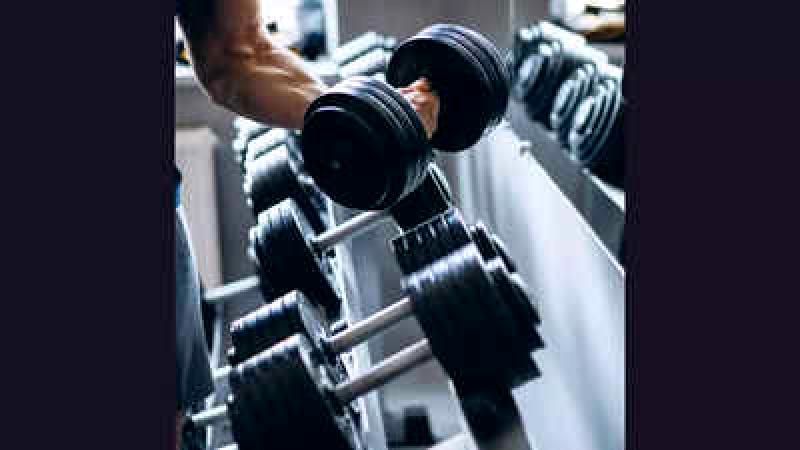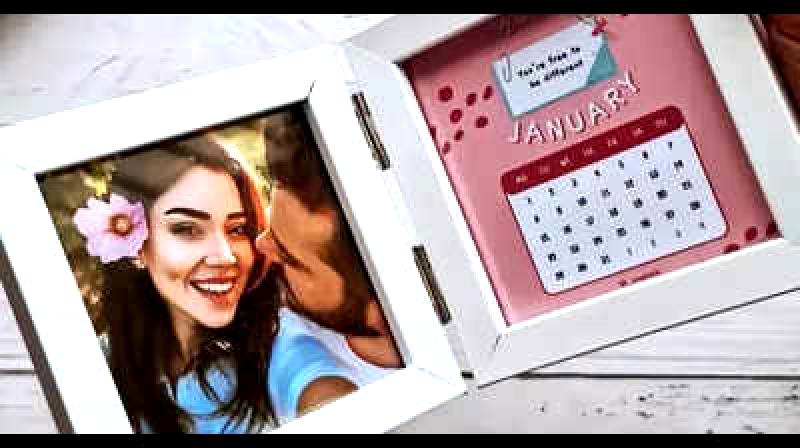
On screen, female actors in the Kannada film industry are revered as 'sheroes'. However, off-screen, they face challenges in asserting their presence and voices. While their performances, costumes, makeup, and hairstyles are widely admired, the women working behind the scenes struggle with basic amenities like washrooms on film sets. Pay disparity is another issue of concern within the industry, which has seen a significant increase in the number of women joining various roles such as stylists, choreographers, and cinematographers in the past decade.
While the presence of women on film sets has grown, the industry environment is primarily male-oriented, with limited inclusivity. Many women in the industry face everyday sexism, prompting some to adapt to the status quo in hopes of a brighter future, while others choose to pursue independent work. One particular issue highlighted by a makeup artist is the dominance of male figures, known as 'makeup dadas', in the makeup industry. Despite the rise of female leads requesting specific makeup artists, female technicians often work alongside male counterparts assigned by associations, leading to uncomfortable situations and unequal pay discrepancies.Actresses like Vydurya Lokesh and make-up artistes are often only considered for smaller projects, according to a screenplay writer. When pitching scripts to producers, the first question they ask is whether the project is focused on women. There is a misconception that women are only suited for making low-budget or niche films, limiting them to stereotypical genres. Producers have even suggested adding a male director's name to projects led by women, claiming that a woman's name alone may not draw audiences. This bias extends to payment practices, with clients sometimes preferring to pay male assistants over female professionals. Manasa Sharma, a screenwriter and associate director, emphasizes the need for systemic change in the industry to address these issues.
Stylists in the industry face challenges accessing basic necessities during shoots, such as washroom facilities. Despite efforts to voice their needs, they are often labeled as demanding or told to adjust. While there have been strides towards inclusivity in the industry, it falls short in addressing the basic needs of female professionals. Some actresses choose not to advocate for better conditions out of fear of repercussions, opting for compliance instead. Tejaswini Anjan Kumar, a stylist, highlights the disparity in treatment and the reluctance to challenge the status quo.It is crucial to amplify the representation of female voices, says Sparsha RK, a singer and voiceover artist. Women face a noticeable disparity in the entertainment industry, starting with the lack of significant dialogues for them in films. Consequently, female dubbing artists tend to have fewer opportunities compared to their male counterparts. The recent dearth of women-focused films and solo songs featuring women as singers further highlights the need for more diverse female voices in the media.











